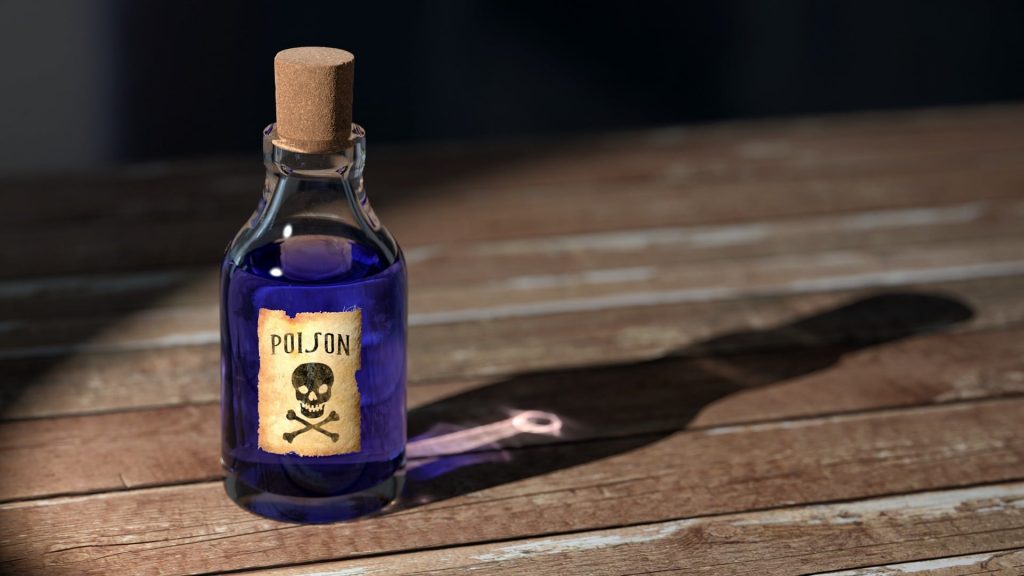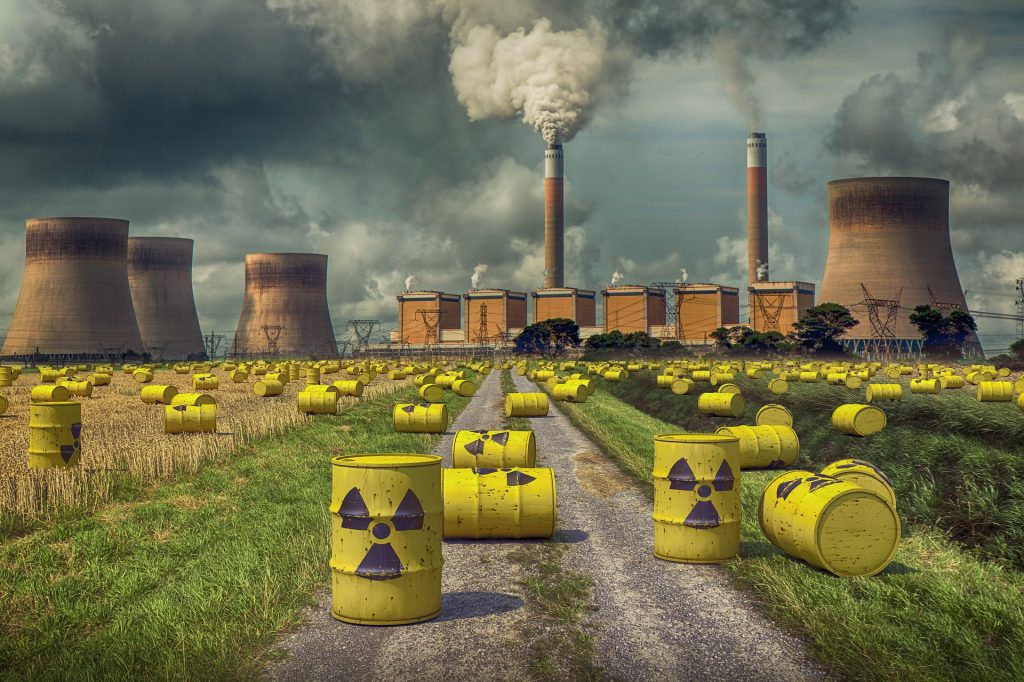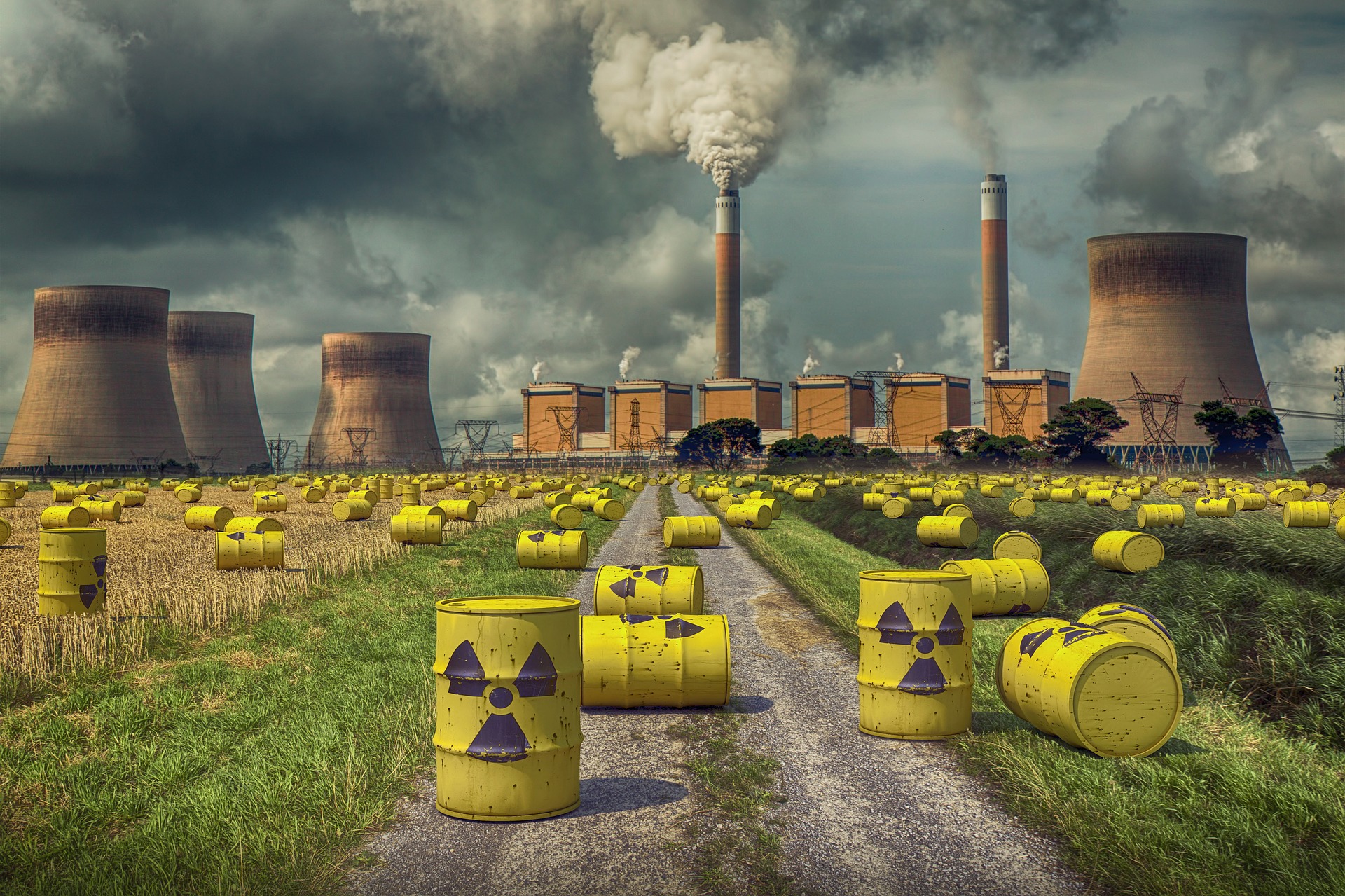Radiation Exposure
In our daily lives, we are constantly, and often unaware, that we are being exposed to radiation. A majority of the radiation that we are subjected to comes from natural sources. Exposure to radiation can cause serious health issues, including cancer. Pregnant women, children, and people with compromised immune systems are at the greatest risk of harm from radiation poisoning. One of the last places that you might expect to find radiation is in your drinking water.

Natural Radiation
The most common radioactive elements that show up as contaminants in drinking water include uranium and radium. These elements are naturally found in the environment. They are present in rocks that make up the aquifers that are used to source our drinking water. As the rocks and the surrounding soil and minerals break down over time, the radioactive particles are leeched into the water.
Manmade Threats
Natural radiation is not the only threat to our water. There are also artificial radionuclides that are introduced into rivers and lakes by way of nuclear explosions and accidents. Other human activity can also cause water to become contaminated with radioactive particles. Industrial processes such as the production of fertilizer, coal combustion, and mining are known to create radiation that can contaminate nearby waterways.

Radiation in Water
Slight traces of radioactivity are normally found in our drinking water. The type and amount of these radioactive particles vary from place to place. The radiochemical composition of the soil and rocks through which water passes is what determines the natural radiation levels.
Recent testing by the Environmental Working Group (EWG) has shown that water supplies in more than 27 states contain radioactive elements in excess of the limits established by the EPA. Drinking water for more than 170 million Americans contains radioactive elements at levels that may increase the risk of cancer, according to an EWG analysis of 2010 to 2015 test results from public water systems nationwide.
EPA Levels
While most water sources have low levels of these radioactive contaminants, as the levels increase, they can pose serious risks. The EPA has established allowable levels for radioactive contaminants in drinking water. The maximum allowable level for combined radium is 226/228 (5 pCi/L). For man-made beta particles and photon emitters, the EPA allows 4 millirems per year. Gross alpha activity has a maximum of 15 pCi/L.
If you are concerned about the presence of radiation in your drinking water, there are a number of ways to find out just how much radiation is in your water. Most public water suppliers are required to test their water regularly and share their results with consumers. If you don’t have this information, the CDC publishes the annual drinking water quality reports on their website.
Testing for Radiation
If you don’t have public water or don’t trust the results from your water company, you can have your water tested by a certified laboratory. TestAssured offers a Radiation in Water Test Kit that allows you to send your water to our laboratory for testing. The kit contains sterilized vials for your water samples and a postage-paid return package for you to send the samples to the lab. When our laboratory receives your samples, they test for Alpha Radiation and Beta Radiation from any source, including Radium, Radon, Uranium, and Strontium. After testing is complete, you will receive results with details about the radiation content of your water.
How to Treat Water for Radiation
If test results show that your water contains high levels of radiation, there are steps you can take to reduce your risk of radiation poisoning. The most frequently recommended treatment is reverse osmosis. Reverse osmosis works by forcing water through material with pores that are so small only water can pass through, leaving contaminants behind. The EPA considers reverse osmosis to be the “best available technology” (BAT) for removing uranium, radium, gross alpha, and beta particles and photon emitters. Tests show that it removes up to 99 percent of these radionuclides.
Another recommendation from the EPA is the use of ion exchange to remove radioactive compounds from water. Ion exchange is the process used in water softeners. It removes contaminants, including radioactive particles, when water passes through sodium ions.
Testing
Testing code for colors. Resulting in this is an example of white text. As a result, this is an example of white text. As a result, this is an example of white text. Testing code for colors. For instance, this is an example of white text, but while white is nice, but it is not readable. Testing code for colors. Next, this is an example of white text. While white is nice, but it is not readable. Resulting in testing code for colors. For instance, this is an example of white text. While white is nice, it is not readable. Hence, testing code for colors. As a result, this is an example of white text. While white is nice, but it is not readable. For instance, testing code for colors. This is an example of white text. While white is nice, but it is not readable.

